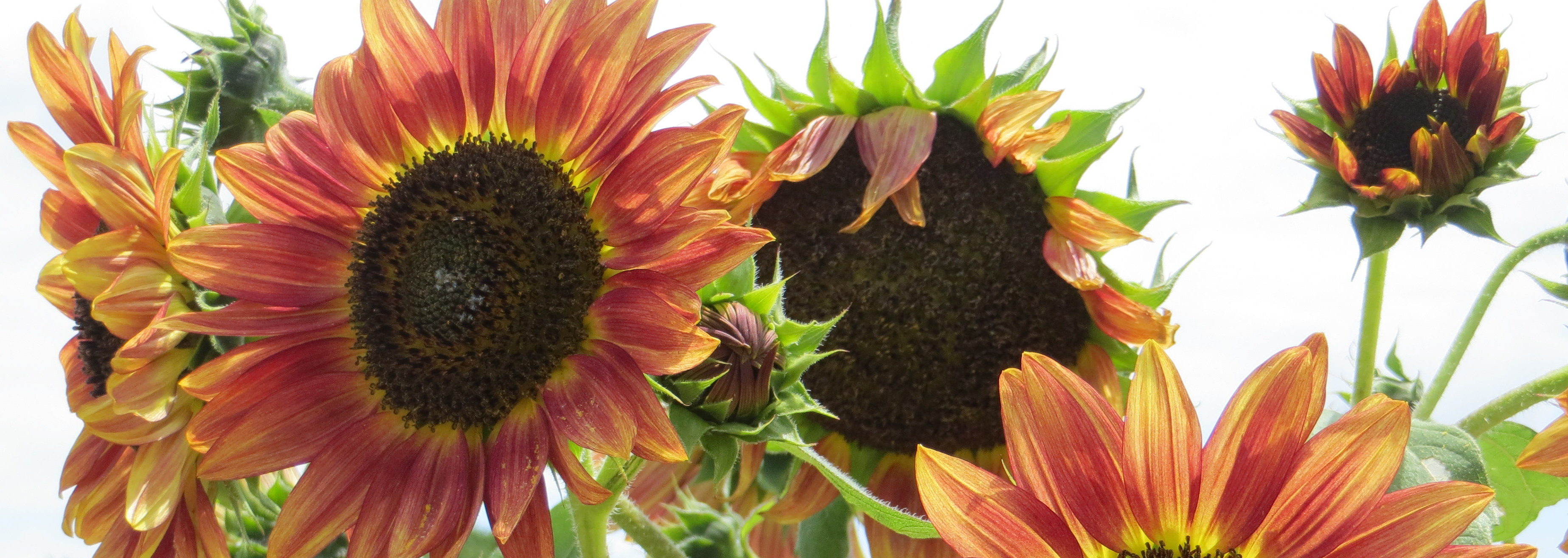It’s been great garden weather for the past week. We’ve had enough rain to break our hot, dry summer weather and … finally…. a cool front! Sweet relief!
So what’s on the garden “to-do” list in September?
Weed & Pest Control:
- Grass-burs are suddenly making themselves visible and setting seed. We have much less problem now than we did a few years ago, but it remains something we work on each year to control persistent weeds without relying on chemicals. My favorite tool-du-jour is a stand-up garden weeder (google that) that allows me to pull out entire grass-bur plants completely hands-free! The moist soil makes it easy and catching these and other weeds before the seeds mature keeps the weed-seed bank lower for next season. It’s also the best time to dig nut grass and those deep-rooted bull nettle and yucca.
- Rain brings fire ants to the surface – they actually bring their eggs up into those mounds to keep them drier. And this makes it much easier to drench them and get a good control. I use an ounce of orange oil + an ounce of Dr. Bronner’s castile soap in a gallon jug for mound kill. Pour slowly to let it soak as deeply into the ant hill tunnels as possible.
- Soft, cool soil brings gophers to the surface and makes for a perfect time to set traps. We try hard to control any that breach our gopher fences as quickly as possible so they don’t set up housekeeping.
Pull out summer garden left-overs
- One of the most tiring garden chores is pulling out the giant tomato and okra plants, un-trellising the cucumbers and composting all the left-overs.
- Pull up drip irrigation, take down shade cloth and get the ground ready for winter cover-crops.
Save seeds and order onion and other winter crop seeds.
- We start onions from seed this month or next to grow in the greenhouse so they will be ready to set out in January. Order organic seed early – the best varieties (Texas 1015, Red grano and red burgundy) can be hard to find and will be sold out at most seed houses by later this month. While we’re at it, go ahead and order seed potatoes for spring. The best varieties of organic potatoes have to be reserved early.
- Seed saving happens during the summer and fall and many of the plants are just now finishing a bloom cycle – so now is the time to be sure I’ve saved seed from melons, squash, beans, peas, peppers, tomatoes, okra, cucumbers and herbs.
Keep planting fall / winter crops
- We are getting close to the last dates for planting crops that won’t tolerate a freeze. Our average first freeze is mid-November, so beans, cucumbers, squash and even potatoes can still be planted quickly with hope for a late fall crop. It’s also prime time for planting any of the brassica family (broccoli, cabbage, kale, mustard, collards), lettuces, turnips and others. Fall crops are often easier to grow due to less pressure from bugs.
- Put out seed for clover and wild flowers (for the bees) and Elbon winter rye (for garden cover)
Continue harvest of late summer crops
- Okra, peppers, eggplant, and late-planted tomatoes, cucumbers, melons, southern peas, long beans, summer greens will continue to produce until first freeze. Fill the freezer and pantry with canned goods to keep the family fed this winter.
Take care of the bees
- Harvest and bottle honey.
- Inspect hives and treat to control mites. We use an essential oil treatment containing thymol to treat after the honey supers are removed for the year. This organic treatment allows the bees to go into preparations for winter in a healthy condition.
“
“The single greatest lesson the garden teaches is that our relationship to the planet need not be zero-sum, and that as long as the sun still shines and people still can plan and plant, think and do, we can, if we bother to try, find ways to provide for ourselves without diminishing the world.”— Michael Pollan”

